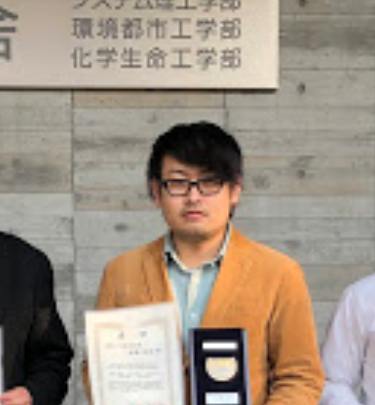Research Experience
-
2022.04-2023.03
Waseda University Faculty of Science and Engineering
-
2020.05-2022.03
Waseda University Research Organization for Nano & Life Innovation
-
2017.10-2020.04
Kansai University Organization for Research and Development of Innovative Science and Technology


Click to view the Scopus page. The data was downloaded from Scopus API in December 21, 2025, via http://api.elsevier.com and http://www.scopus.com .